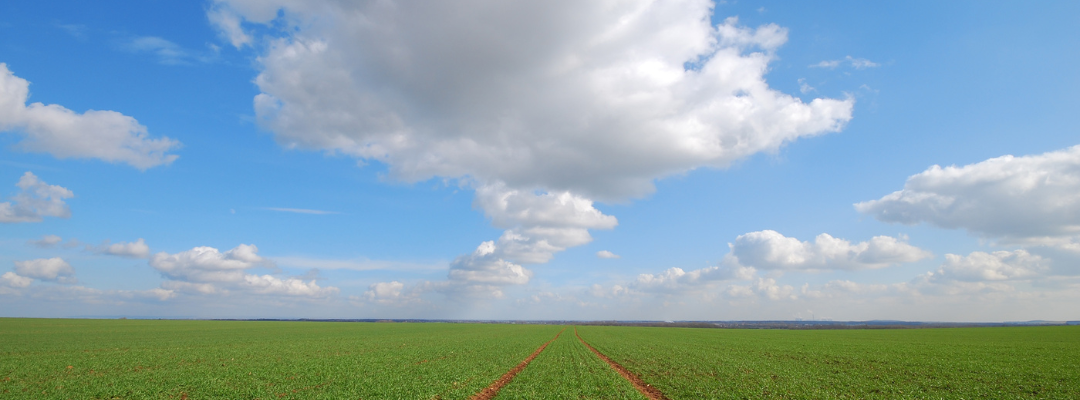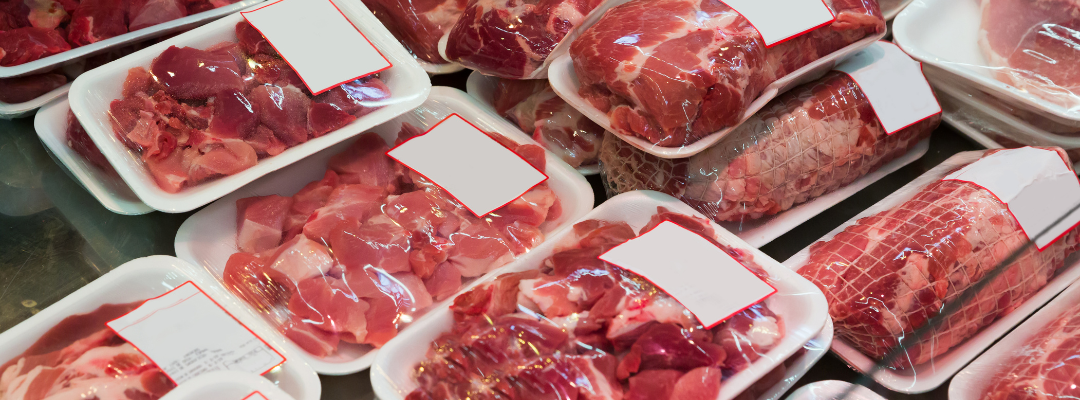On March 11, 2021, President Biden signed the American Rescue Plan (ARP) Act of 2021 into law. Section 1005 of the act required the Secretary to make payments to socially disadvantaged farmers or ranchers “in an amount up to 120 percent of the outstanding indebtedness” of eligible producers for both direct and guaranteed loans administered by various USDA agencies.[1] While USDA immediately went to work implementing the provisions, multiple lawsuits were filed – alleging that the provision was unconstitutional because it violates the Due Process Clause of the Fifth Amendment – and 3 courts have issued injunctions prohibiting USDA from issuing any payments, loan assistance, or debt relief pursuant to Section 1005.[2] According to USDA, the injunctions “do not prohibit FSA from completing administrative actions leading up to payments, including providing payment notifications to potentially eligible borrowers.”[3] At the time of passage, the Congressional Budget Office (CBO) estimated the provision would cost $3.98 billion over the next 10 years.[4]
In the meantime, the Build Back Better Act (BBB) of 2021 – which passed the House on November 19, 2021 – sought to remedy the concerns raised about Section 1005 in the American Rescue Plan. Specifically, Section 12101 of the BBB amends Section 1005 of ARP, in part, by changing the focus of the debt relief to “economically distressed borrowers” with eligibility tied to eight (8) broad criteria ranging from debt delinquency metrics to whether the farm or ranch was headquartered in a county with a poverty rate of 20 percent or greater.[5] With the presumably expanded list of eligible borrowers, CBO estimated that the provision would cost $6.647 billion over the next 10 years.[6] Due, in part, to the price tag of the overall bill, the BBB has languished in the Senate for the last several months.
Last week, Senators Schumer and Manchin announced a joint agreement to add various provisions from the BBB – via the Inflation Reduction Act of 2022 – to the FY2022 Budget Reconciliation Bill.[7] In our review of the draft legislation posted last week, it does not appear that debt relief for farmers and ranchers was included. While Congressional leaders may have plans for including debt relief in another legislative vehicle, unless and until they do – or unless and until the courts rule on the pending cases or lift the existing injunctions – potentially eligible farmers and ranchers will have to keep waiting.
[1] https://www.congress.gov/117/plaws/publ2/PLAW-117publ2.pdf
[2] See Holman v. Vilsack, 21-1085-STA-jay, Order Granting Motion for Preliminary Injunction (July 8, 2021); Miller v. Vilsack, 4:21-cv-00595-O, Order (July 1, 2021); Wynn v. Vilsack, 3:21-cv-00514-MMH-JRK, Order (June 23, 2021).
[3] https://www.farmers.gov/loans/american-rescue-plan
[4] https://www.cbo.gov/system/files/2021-03/Estimated_Budgetary_Effects_of_hr1319_detailed_tables.xlsx
[5] https://www.congress.gov/congressional-record/volume-167/issue-201/house-section/article/H6375-4
[6] https://www.cbo.gov/system/files/2021-11/hr5376_title_I_Agriculture.xlsx
[7] https://www.democrats.senate.gov/inflation-reduction-act-of-2022
Fischer, Bart, and Tiffany Dowell-Lashmet. “Debt Relief for Certain Farmers & Ranchers.” Southern Ag Today 2(32.4). August 4, 2022. Permalink








